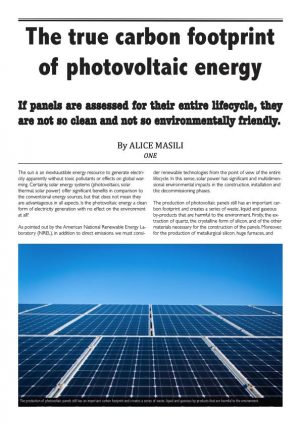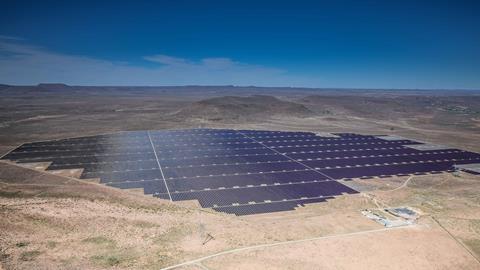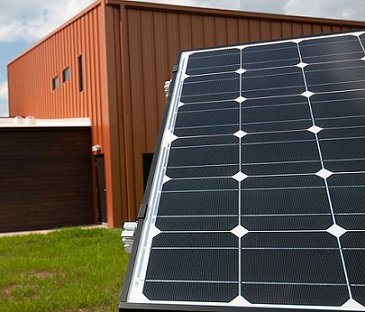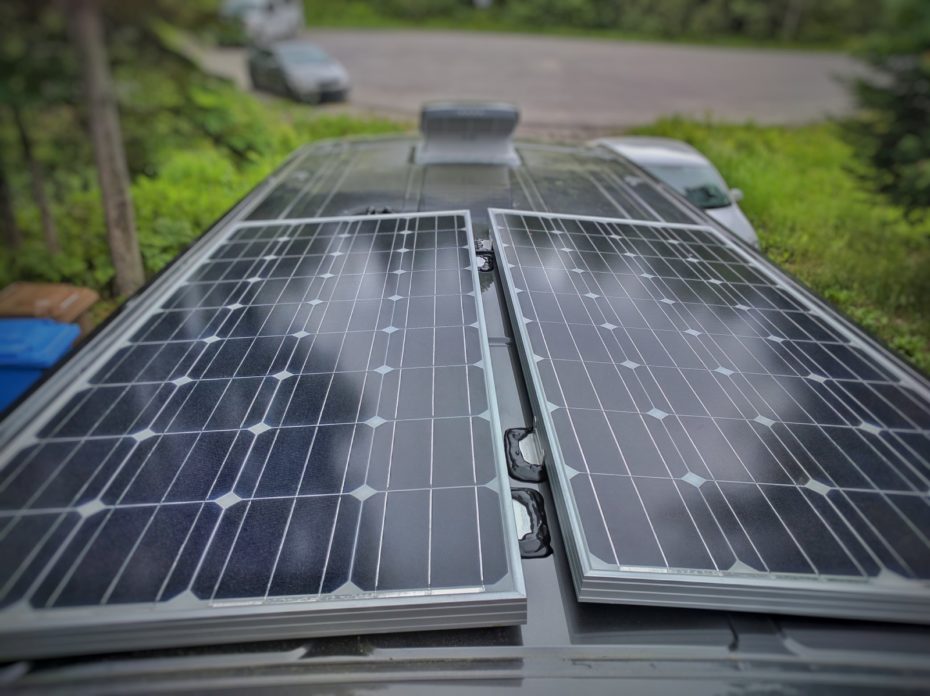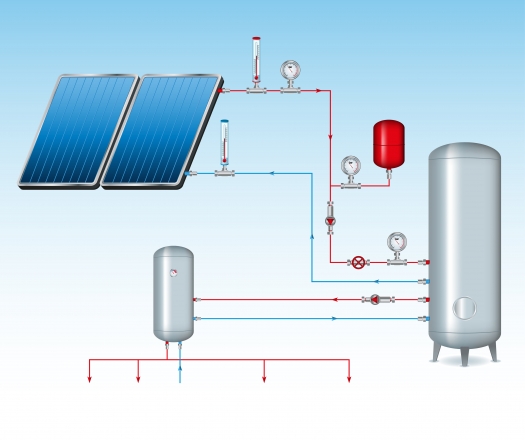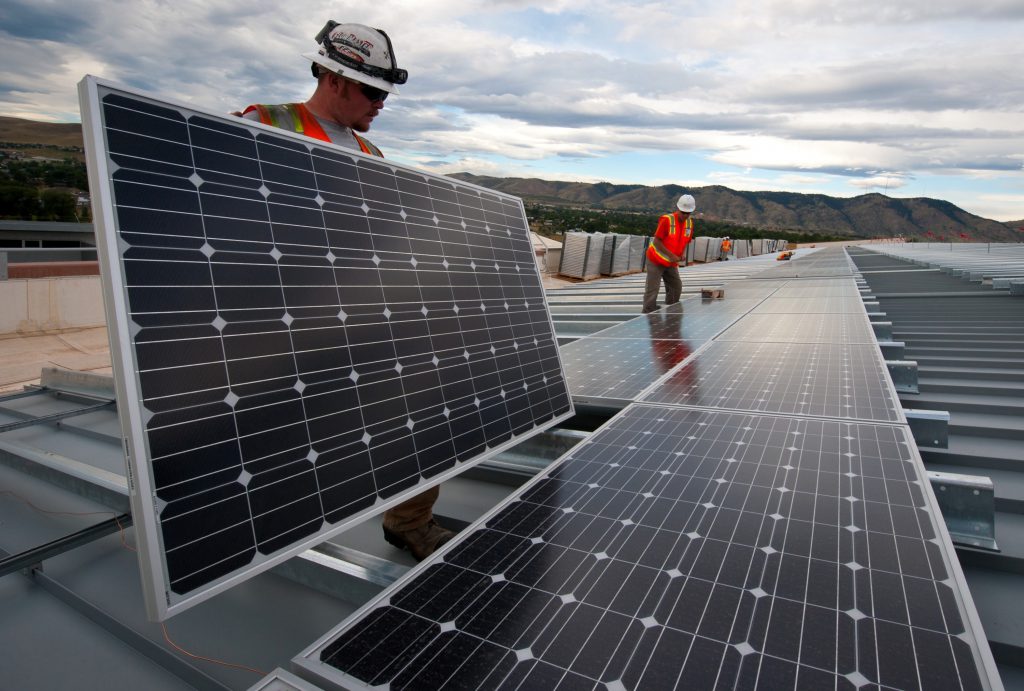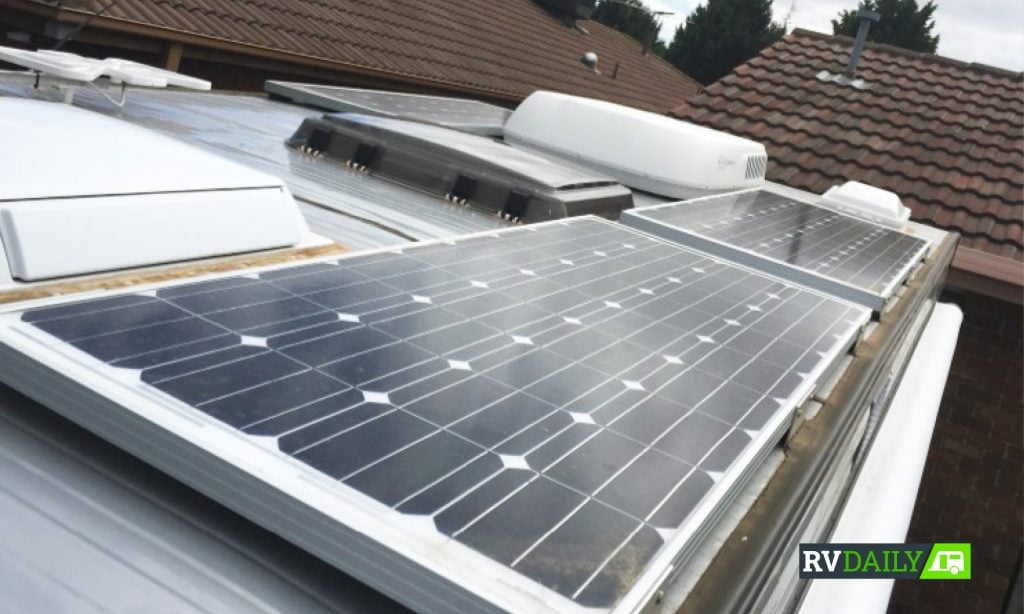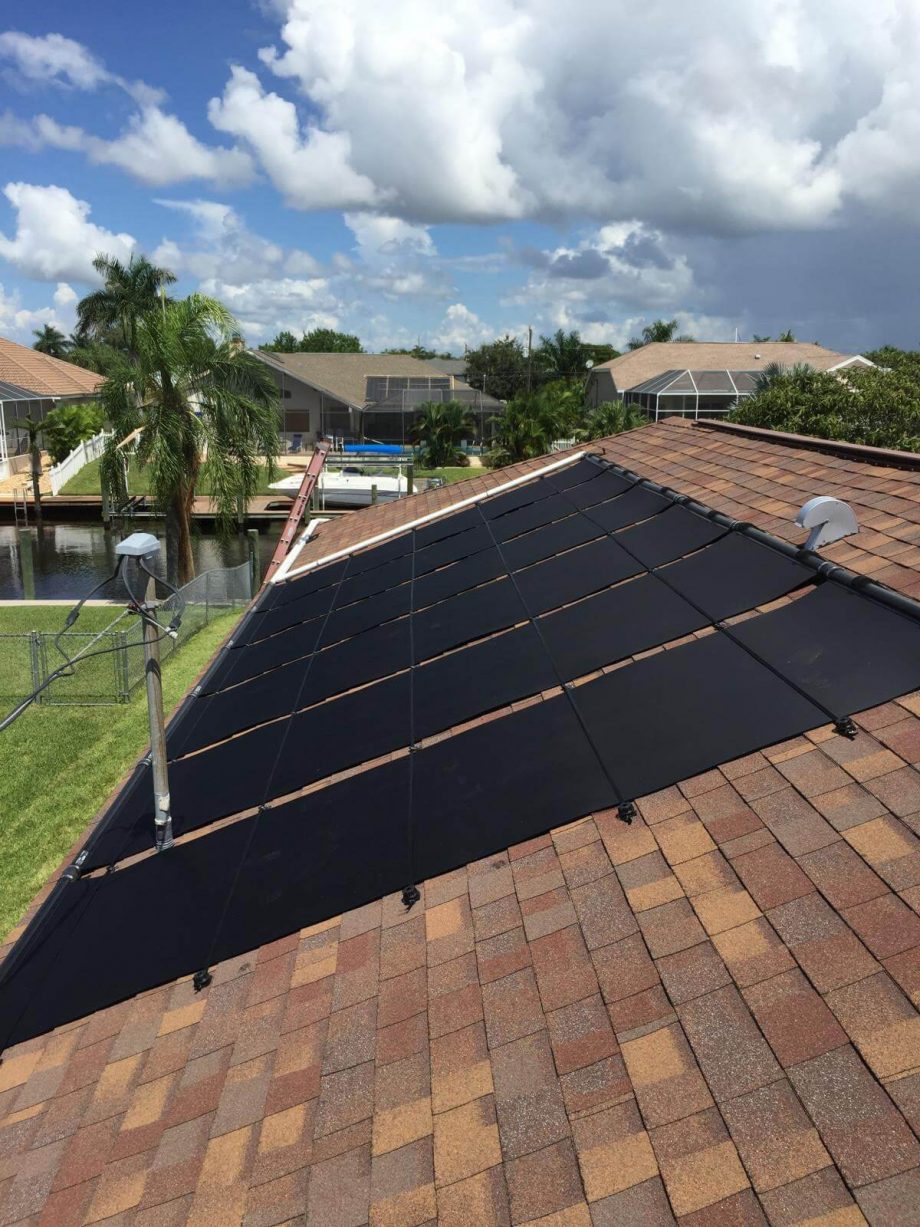Do Large Numbers Of Solar Panels Raise Air Temperature

Solar power is the world s most abundant source of renewable energy according to the solar energy industries association yet despite its abundance researchers say using even the smallest.
Do large numbers of solar panels raise air temperature. They are subject to many influences including those of the atmosphere ocean and land and are modified by them. The researchers found that solar panels can lower a roof s temperature by 5 degrees fahrenheit or about 3 degrees celsius. The final simulation dropped the thermostat assumption and scaled back the number of solar panel arrays. Although solar panels use sunlight to produce energy they do not require heat in any way.
How hot do solar panels actually get. Climate climate solar radiation and temperature. For a roof top installation if the air temperature is 25 c 77 f or above multiply this temperature by 1 5 in order to get a likely solar panel temperature. How hot air affects your solar panels.
Common sense might indicate that since solar panels rely on sunlight to function warmer air would help solar panels run more efficiently or with more power but that s not the case. Air temperatures have their origin in the absorption of radiant energy from the sun. That the panels do have an impact on climate at least regionally. Solar panels are tested at 25 c 77 f under the standard test condition stc and thus going beyond that temperature affects energy output.
Solar panels are power tested at 25 0 c so the temperature coefficient percentage illustrates the change in efficiency as it goes up or down by a degree. For a pole mounted installation multiply your air temperature by 1 2 then increase your wattage requirements by the percentage loss in order to work out the wattage you need for your. The amount of energy produced by a solar panel is calculated by multiplying the current and the voltage. As variation of solar radiation is the single most important factor affecting climate it is considered here first.
This can significantly reduce cooling costs over the life of the solar panels. In fact the researchers determined that the savings from reduced cooling amount to a 5 percent discount on the solar panels price. In fact solar panels may run. Home solar panels are tested at 25 c 77 f and thus solar panel temperature will generally range between 15 c and 35 c during which solar cells will produce at maximum efficiency however solar panels can get as hot as 65 c 149 f at which point solar cell efficiency will be hindered.
For example if the temperature coefficient of a particular type of panel is 0 5 then for every 1 0 c rise the panels maximum power will reduce by 0 5.

